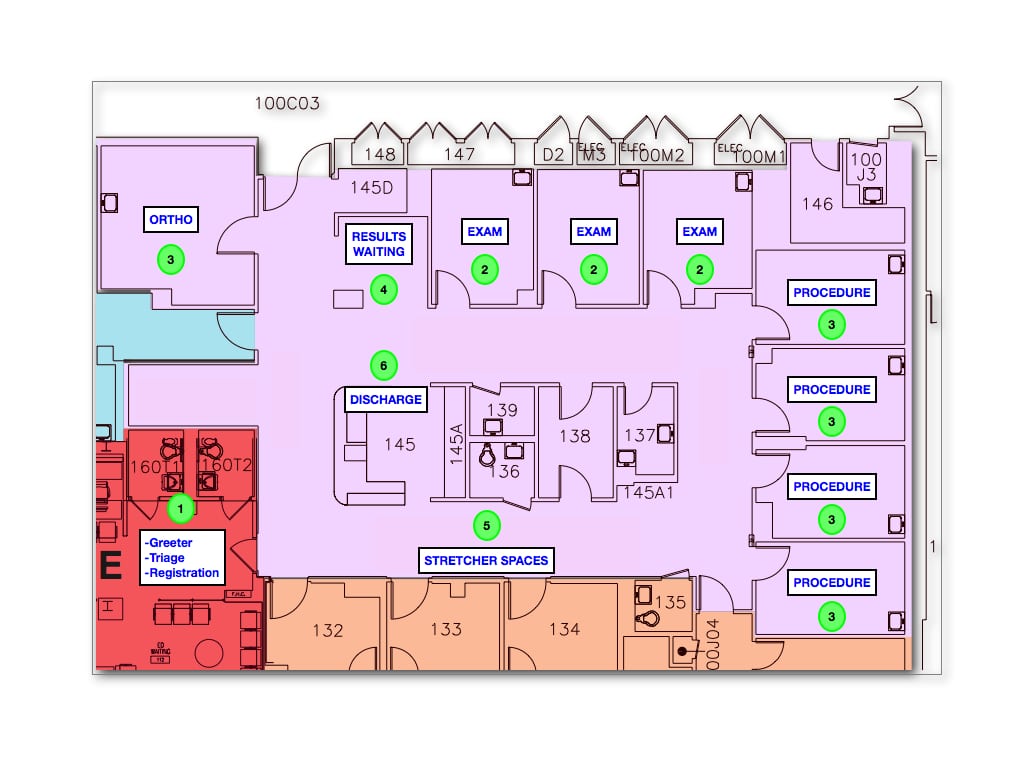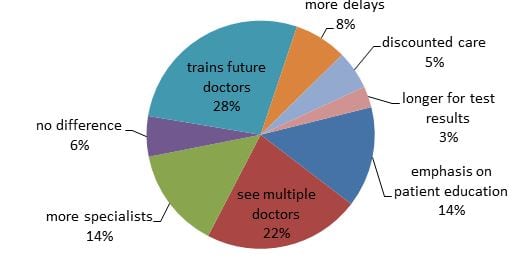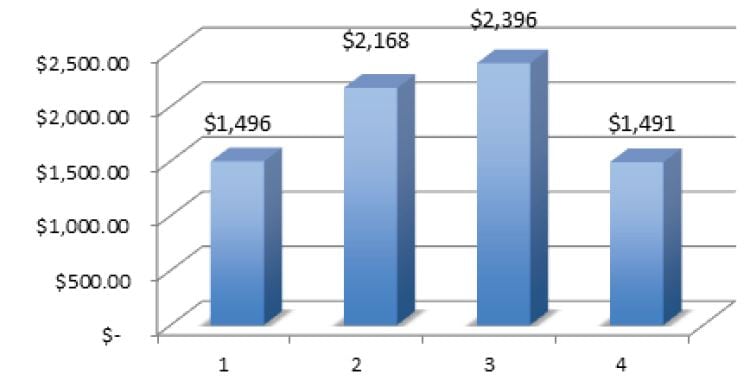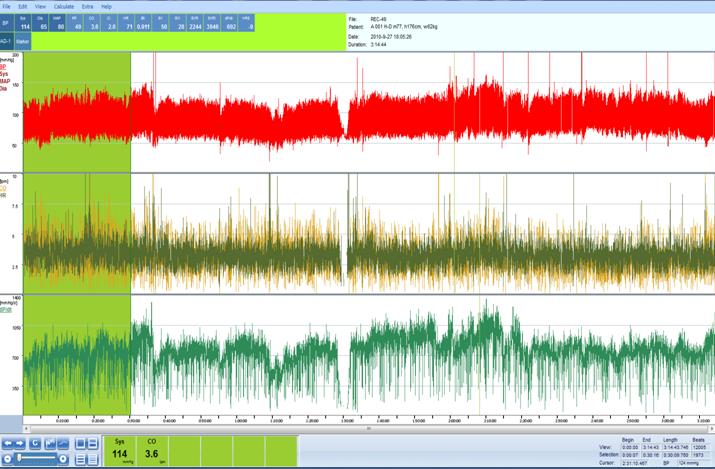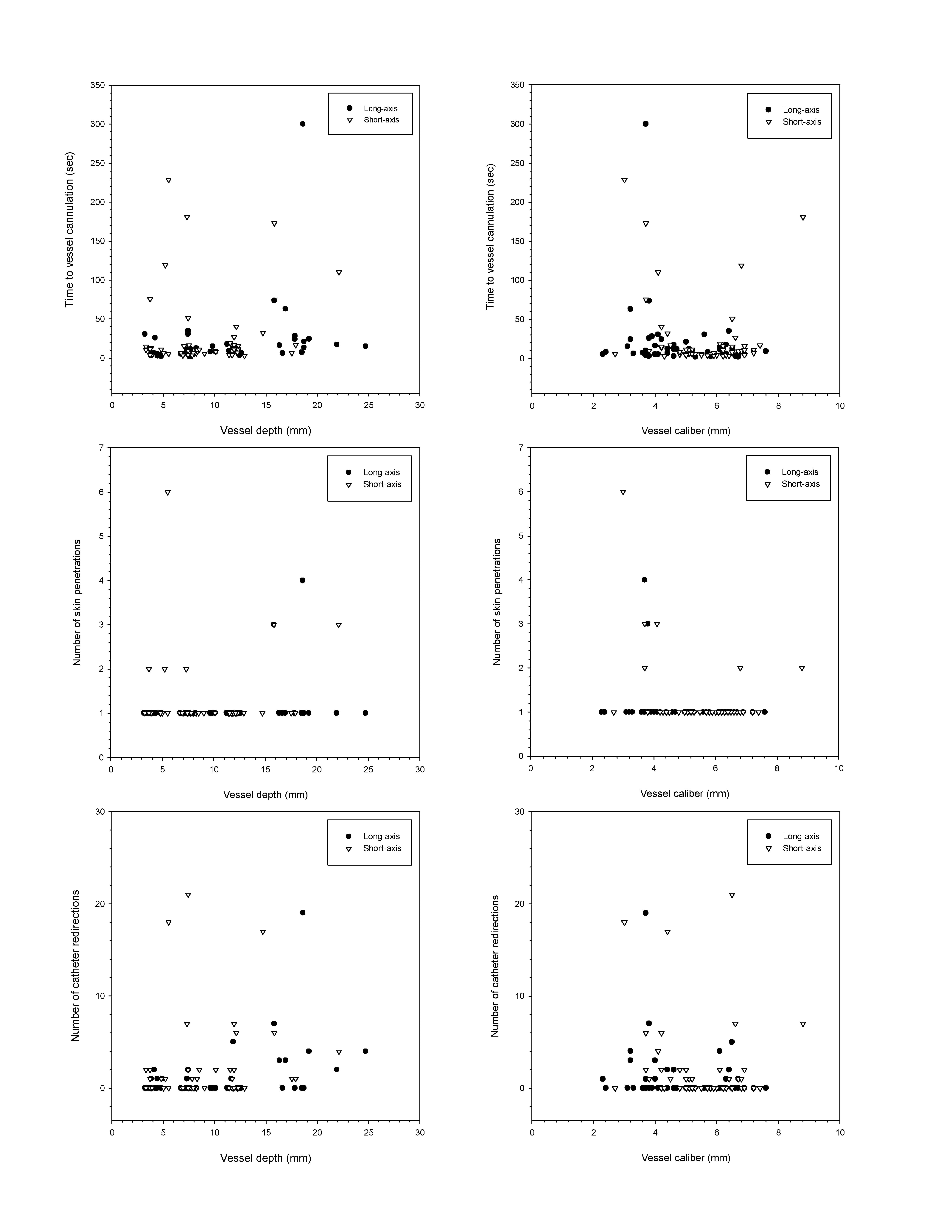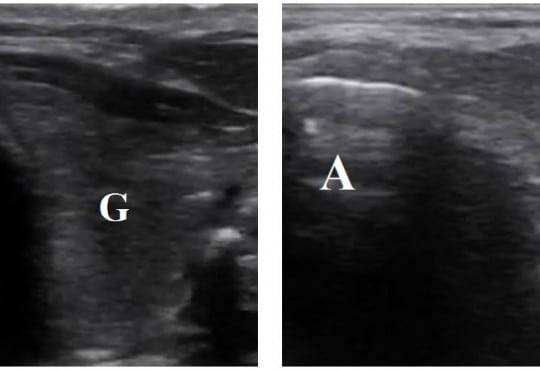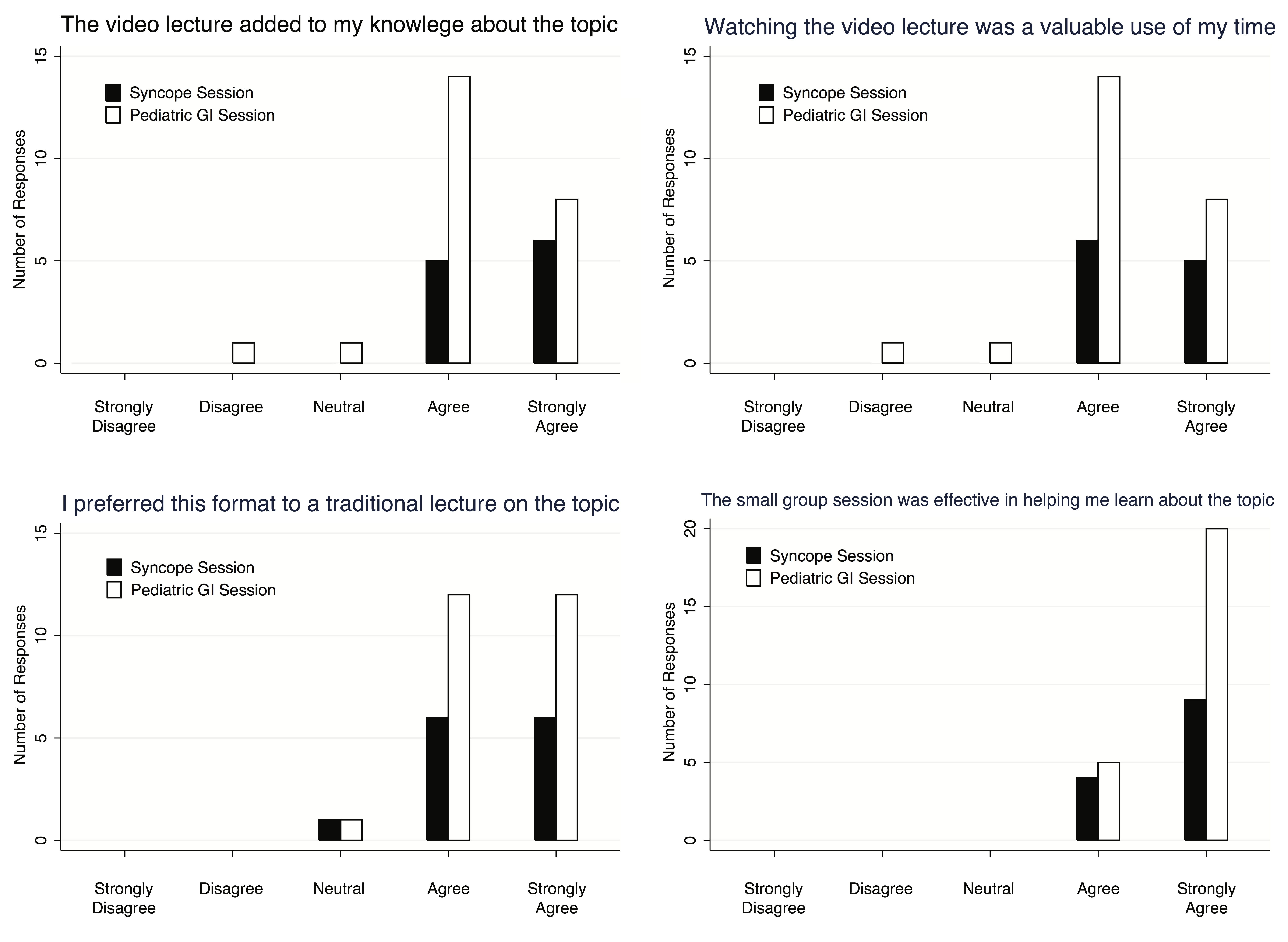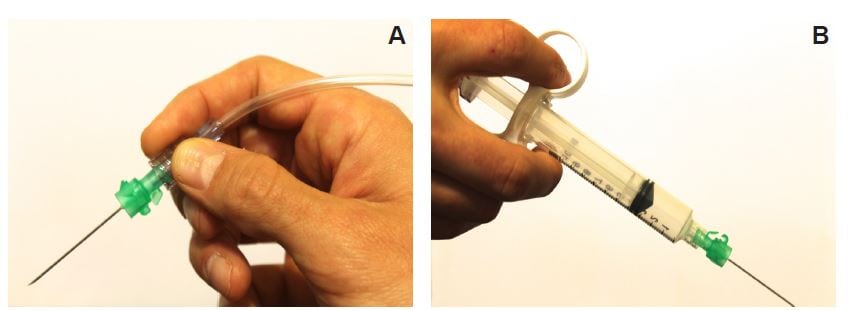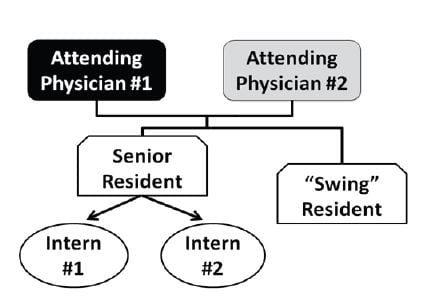Original Research
Emergency Department Operations
Using Lean-Based Systems Engineering to Increase Capacity in the Emergency Department
Westjem Read More
Emergency Department Operations
What Do Patients Want? Survey of Patient Desires for Education in an Urban University Hospital
Westjem Read More
Emergency Department Access
Exploring Real-time Patient Decision-making for Acute Care: A Pilot Study
WestJEM Read More
Emergency Department Operations
Implementation of a Team-based Physician Staffing Model at an Academic Emergency Department
WestJEM Read More
Emergency Department Operations



